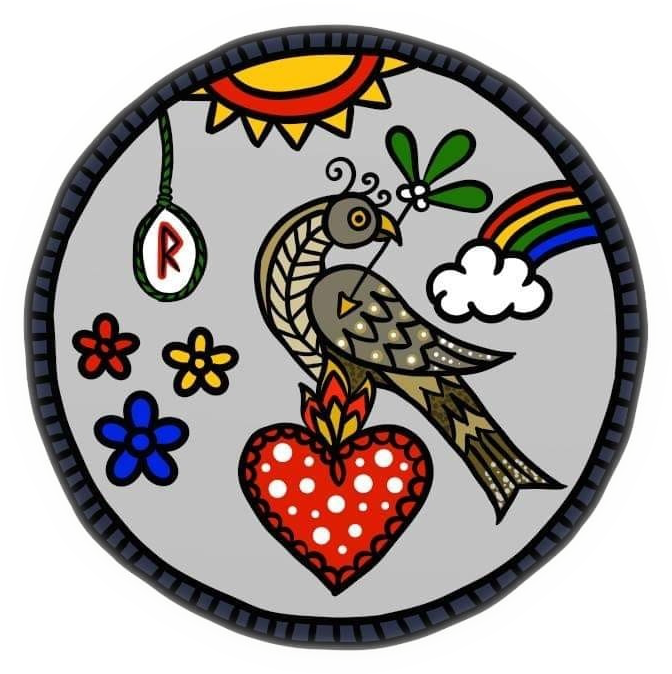Translations of the mythology can be dense and a little bit dry. Personally, I like dense sources. But they do require more effort to pick apart, so I have a note-taking system in place. This allows me to not only absorb the information better, but also provides a compact source I can quickly refer to later.
When I took a poetry class, with a professor who specialized in Medieval literature and was kind enough to cover Lokasenna, she would have us do a quick skim to start. After that, she would ask us what we thought the Narrative Situation of the poem was. In other words, what it means, but without worrying about what it means. What is the event or story? What is the most obvious idea?
For example, in Völuspá, the Narrative Situation is the creation and destruction of the universe. In Rígsþula, it’s the origin of the social classes and the first king. Many of these poems are not able to be summarized in a single sentence, especially because the strength of poetry is its ability to transfer a vast amount of information in very few words.
So with that as my influence, I give it a quick read through and I take my first guess at the Narrative Situation. Then, I read the poem through again, while paraphrasing it in prose form. This can be a very serious and faithful paraphrasing, or a humorous one if it helps you. Half of my paraphrasing from studying Lokasenna is “and then Loki calls her a hoe.” Which, I mean…that’s not wrong. Simplistic, yes, but not inaccurate.
The next step is background research to improve your understanding. This is easy with Dronke’s translations, because she follows up each poem with several pages of notes. With her translation, I make note of anything that:
- Corrects a mistaken assumption I made on the first read through
- Provides a better understanding of the language, like explanations of kennings and wordplay
- Provides useful historical or cultural context, like folk customs and events that may have influenced the poet’s portrayal of the story
- Provides broader mythological context, like comparing archetypes and common narratives
Plus, I take notes on anything that’s just plain interesting or any other connections I make while doing the background research. As a Heathen, you’re studying this for spiritual use, so you can have fun with it.
Also, Dronke’s translations are hard to get a hold of. Carolyne Larrington, who was a student of Dronke, also has a translation available with many of the same merits–with the added benefit of still being in print, and therefore far less expensive.
When making notes on your background research or translator’s commentary, cite or make a note (like a page number or site name) to locate your source later. This way, you can go back and compare if new information comes along.
Something I haven’t included before, but that I’d like to start doing, is taking note of which poems and stories reference each other. Part of this is because intertextuality simply interests me. Poems like Völuspá and Lokasenna, for example, are very intertextual. But it’s also because I have a hypothesis that stories which reference one another more may potentially reflect a more reliable group of narratives. There is no guarantee of that, obviously, but this is just an idea I’d like to explore further.
Intertextuality is worth noting, either way, because it will help you understand certain flourishes used in a poem and the broader context.
I’d also like to start further exploring the symbolic meanings of a story when I study it. The symbolism of a poem is something that is useful in a religious context, because our gods have an abstract link to many concrete things in our world. Additionally, with stories like Baldrs Draumr, that helps us separate the distinctly heathen elements from later influences on the texts.
Yet another thing I’d like to start doing is writing down any questions I still have after studying the poem and taking explanatory notes, so I know what to keep in mind while doing other research.
I knew most of the stories long before I started this system, but I’m pleasantly surprised by how much more I’m getting out of it this way, and how much more sense things make this time around. Hopefully, this helps anyone starting to study the Eddas, or who wants to take a fresh look at them.

[…] the primary sources as you can get your hands on, and then compare and contrast. (Here’s my post with note-taking tips while studying the Eddas.) You can also get translations from The Norse Mythology Blog’s […]
LikeLike